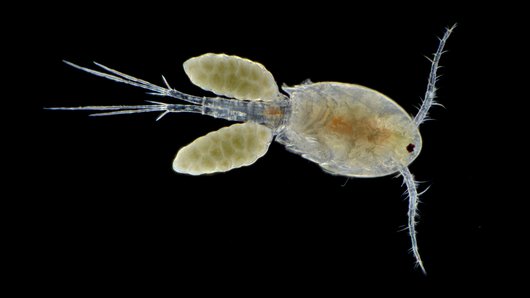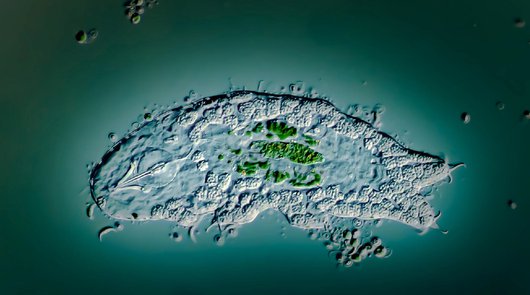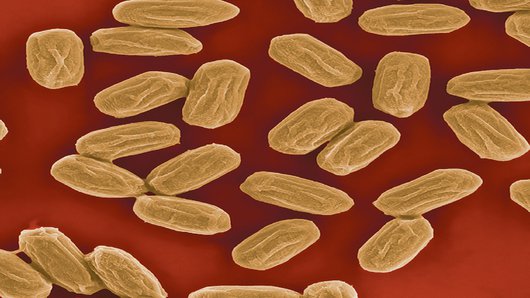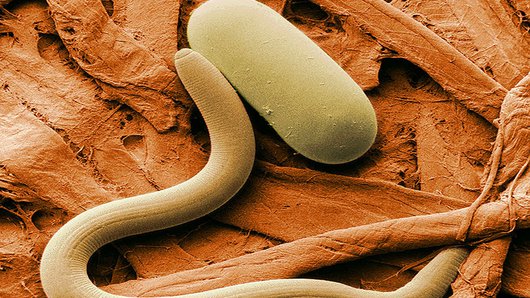Looking for eggs in Micropia
It's Easter every day in Micropia! Countless species lay eggs or something similar. From a few enormous specimens, to bulky bags full of small eggs. Go on an egg hunt and discover an immense diversity of minuscule (Easter) eggs.




